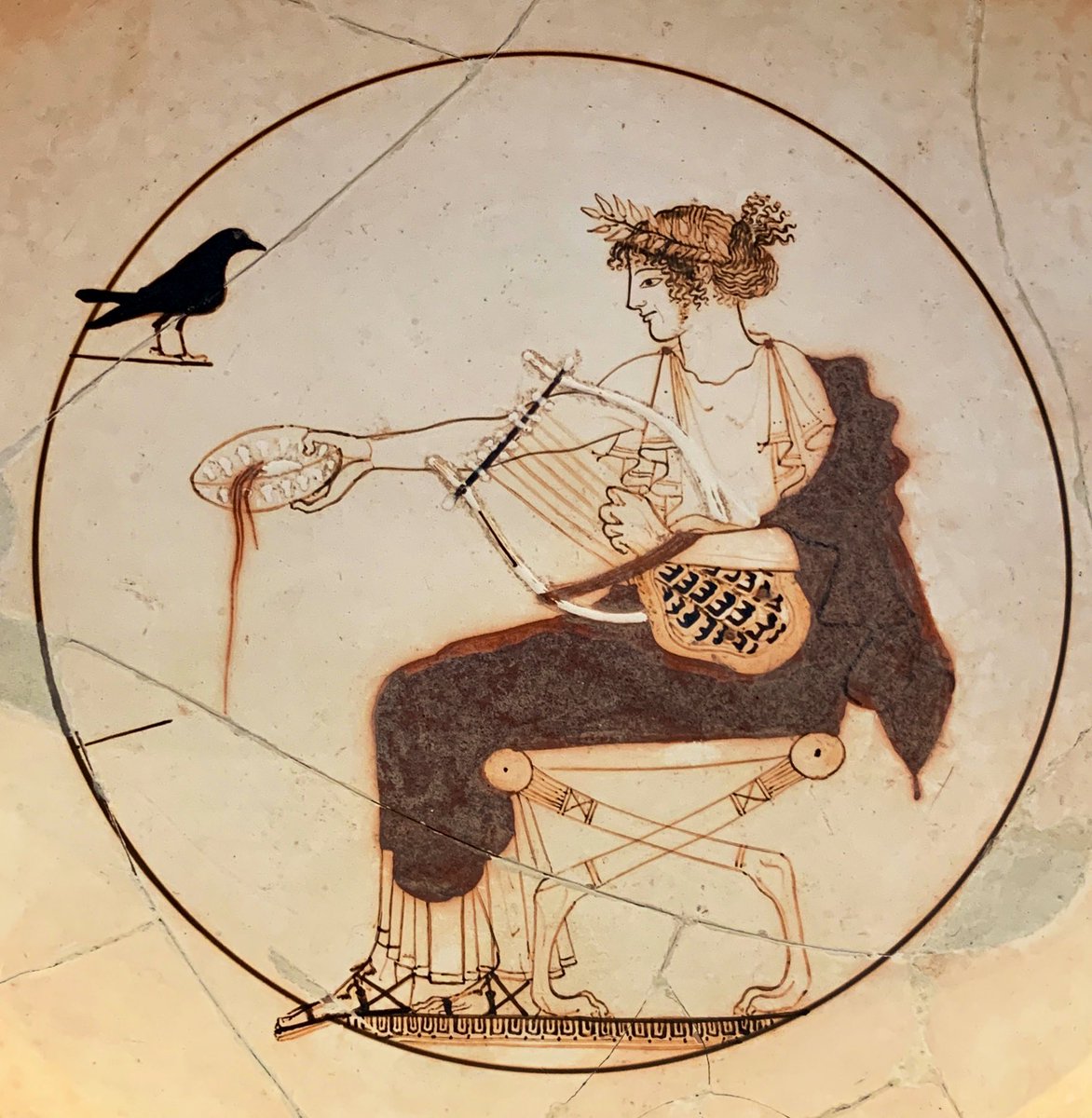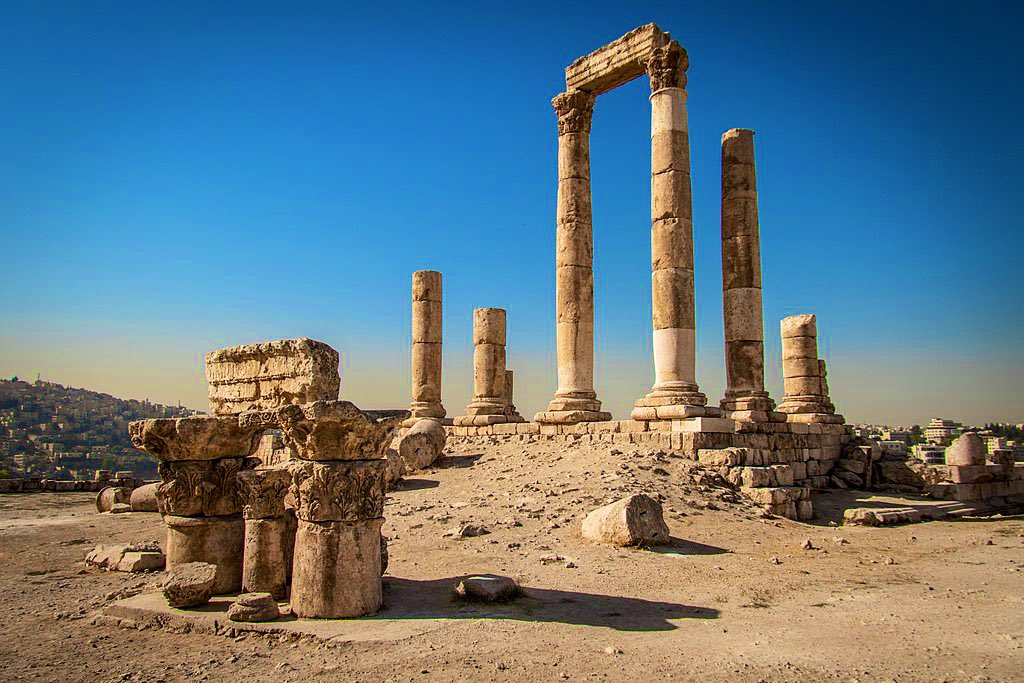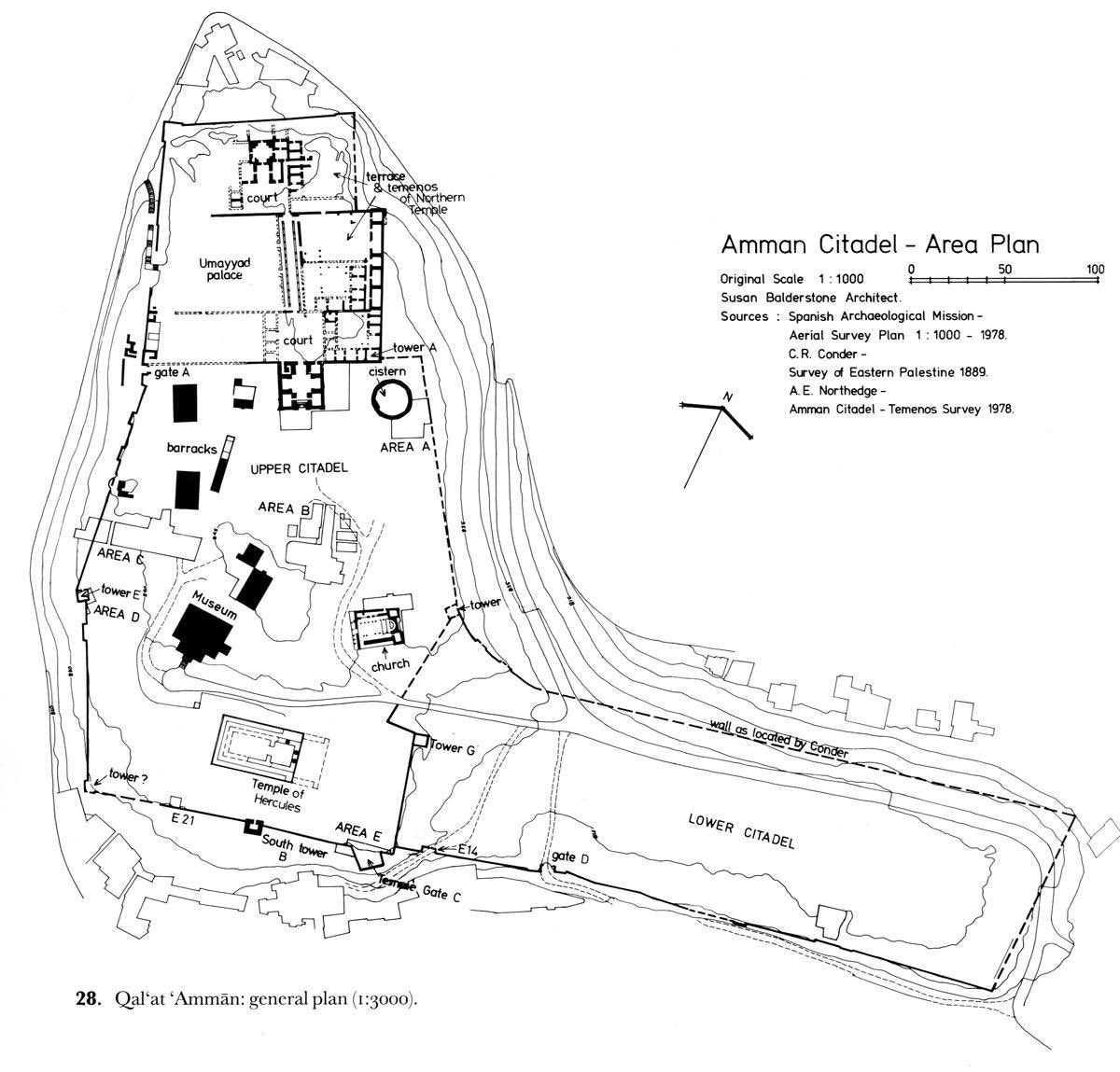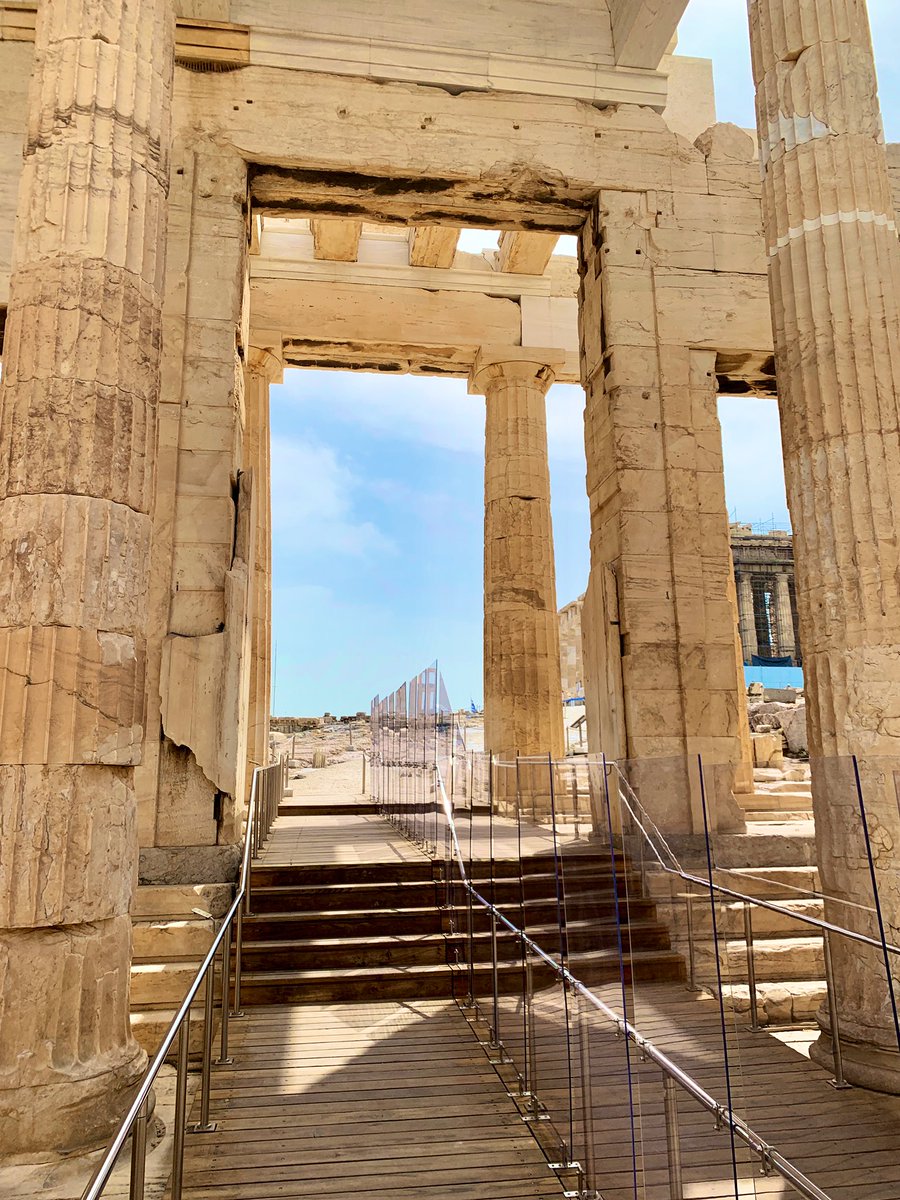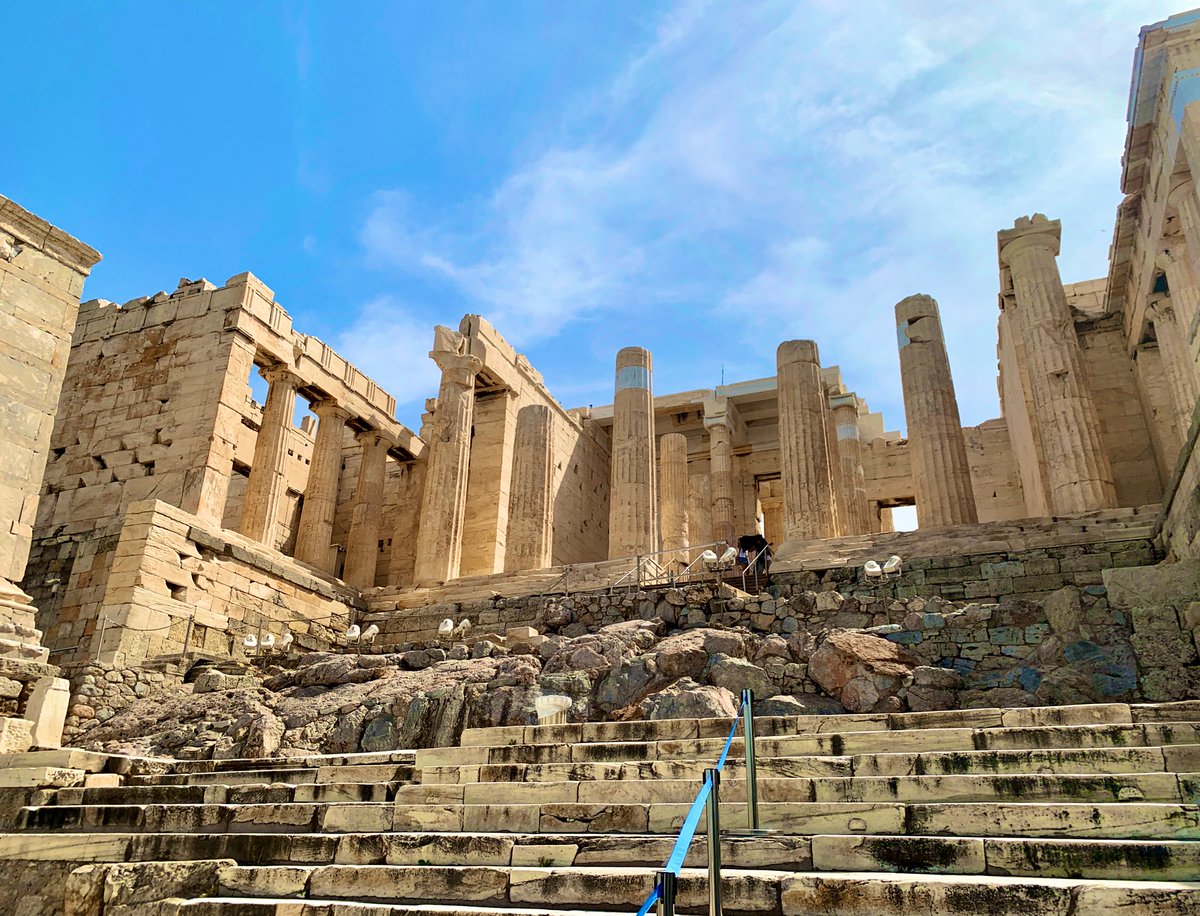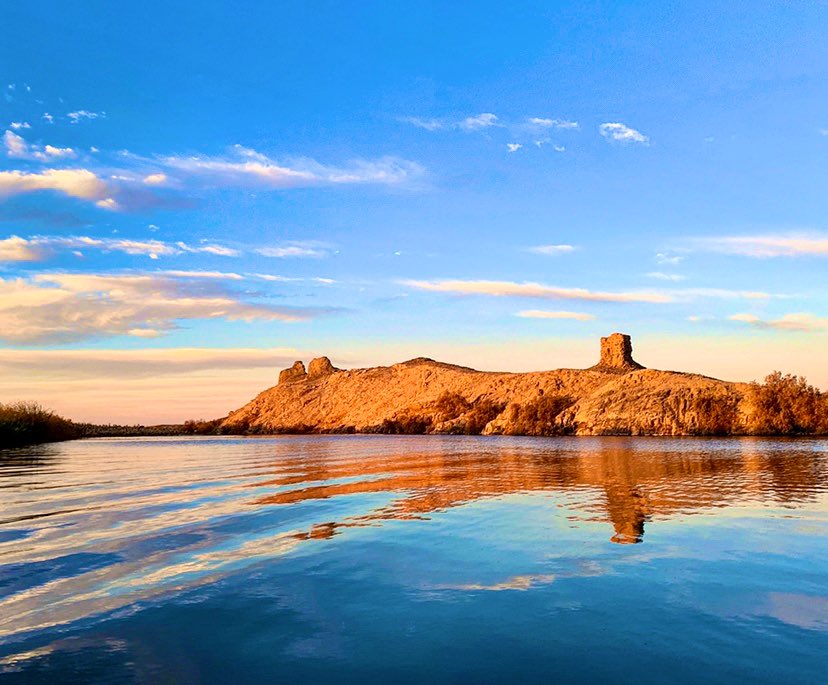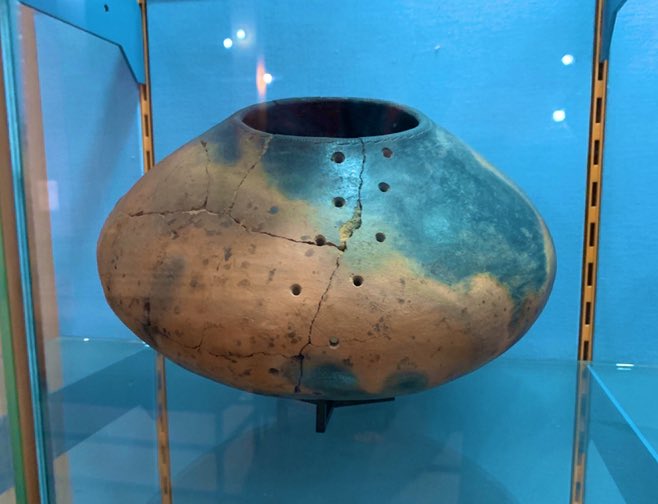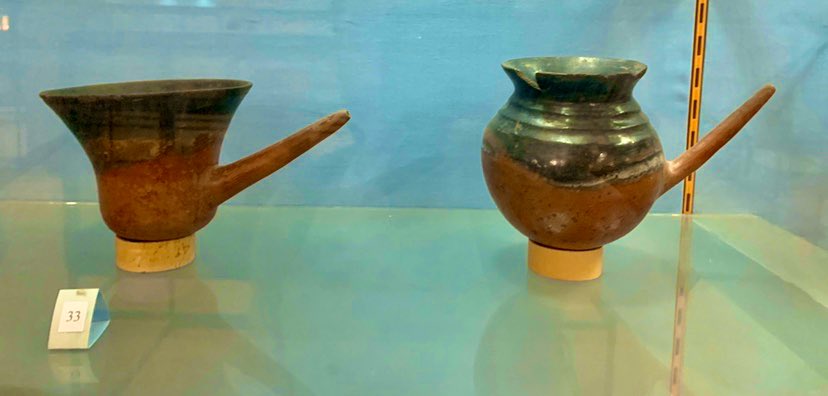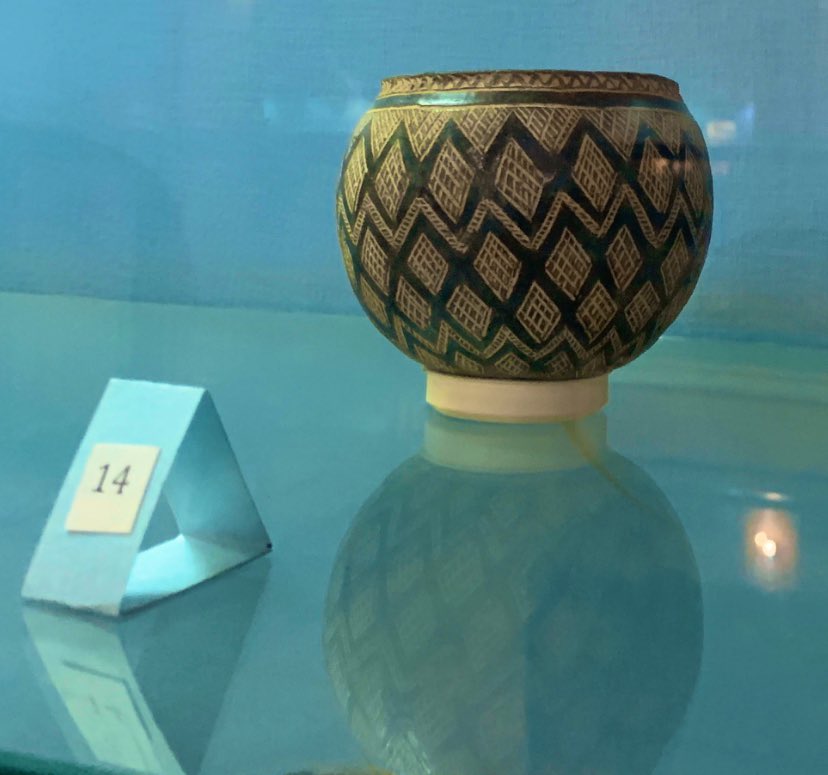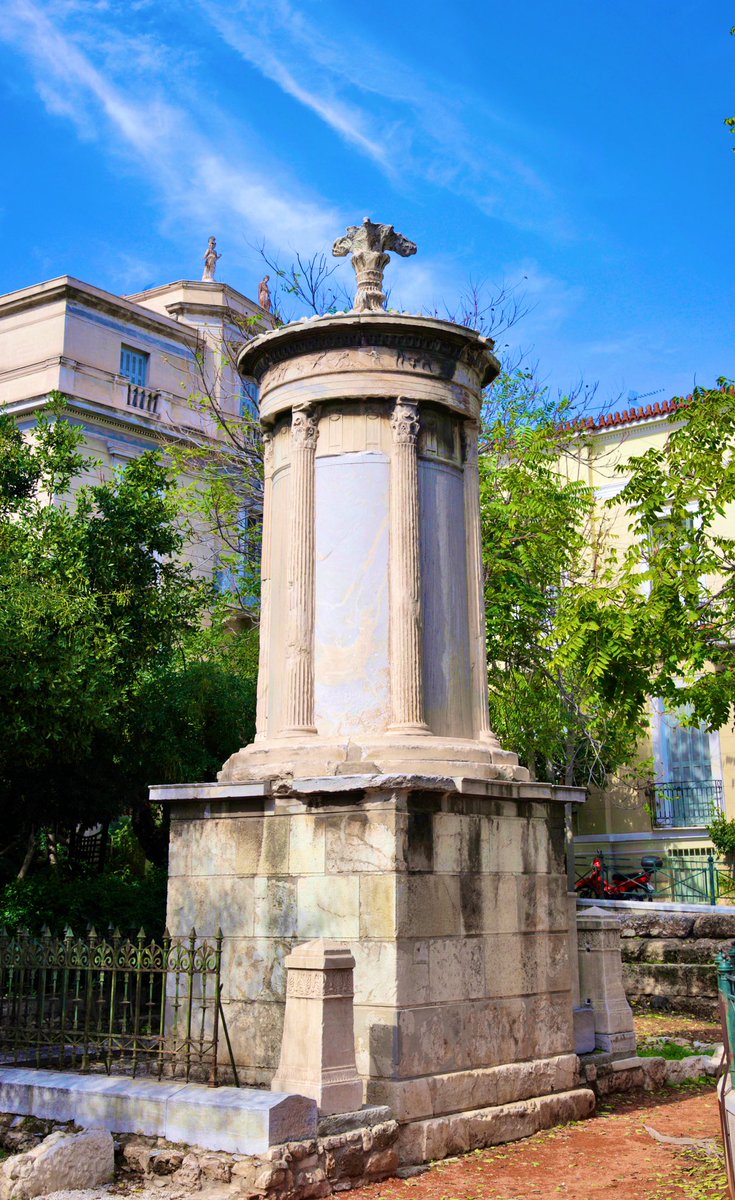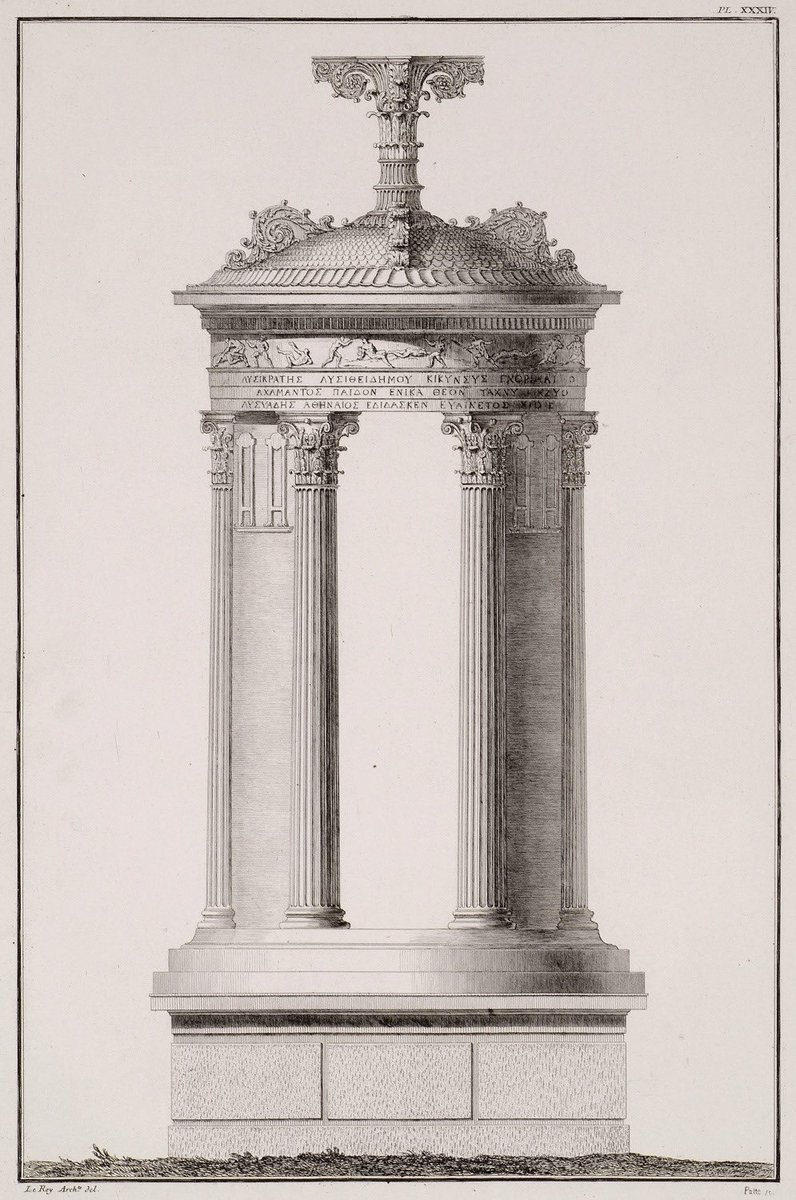
Statues break...a lot.
We’re all familiar with Ancient Greek sculpture missing arms, legs, or heads. But why do these busts look like they’ve been battered, broken, & burned? Let’s explore some peculiar Hellenistic sculpture from Kalydon in this #THREAD!
#greece #archaeology

We’re all familiar with Ancient Greek sculpture missing arms, legs, or heads. But why do these busts look like they’ve been battered, broken, & burned? Let’s explore some peculiar Hellenistic sculpture from Kalydon in this #THREAD!
#greece #archaeology


2/ You may know about Kalydon from its mythological boar hunt. Before the Trojan War, Artemis sent a legendary boar to ravage the Aetolian countryside. The local hero Meleager was joined by some of the most famous heroes in Greece, and the huntress Atalanta struck the first blow! 

3/ The myth of the Kalydonian boar hunt has been famous since the time of Homer, and has always been a favorite scene for artists. Representations abound: from Archaic vase painters, to Roman sculptors, and even the 17th c. workshop of Peter Paul Rubens! 

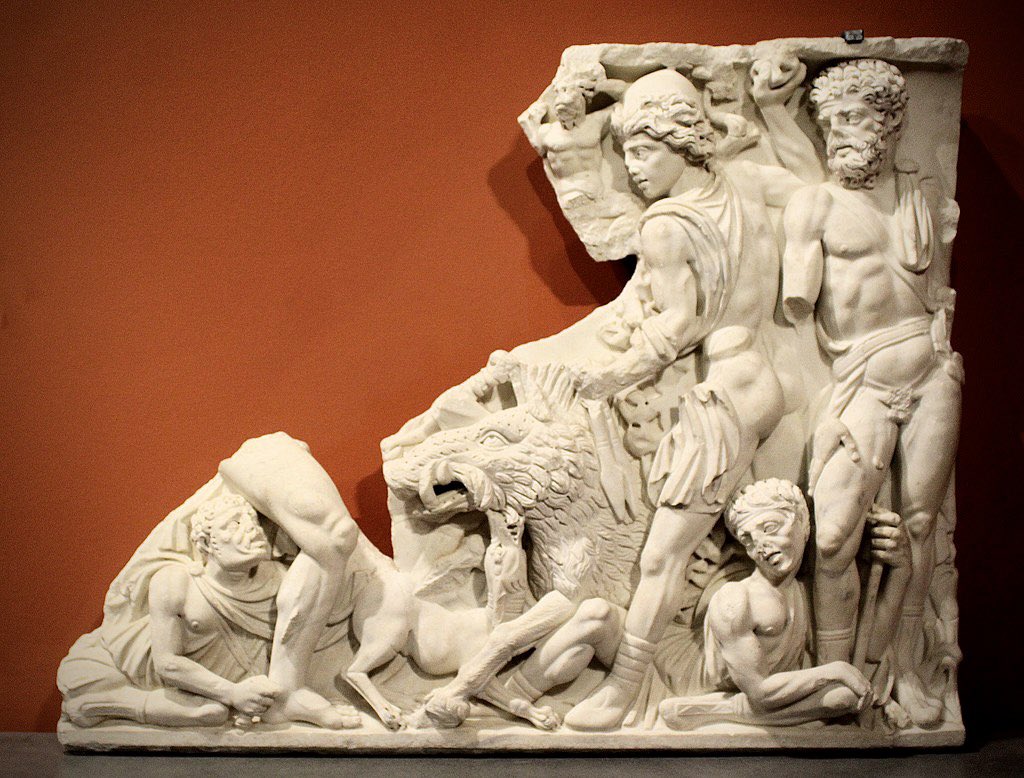
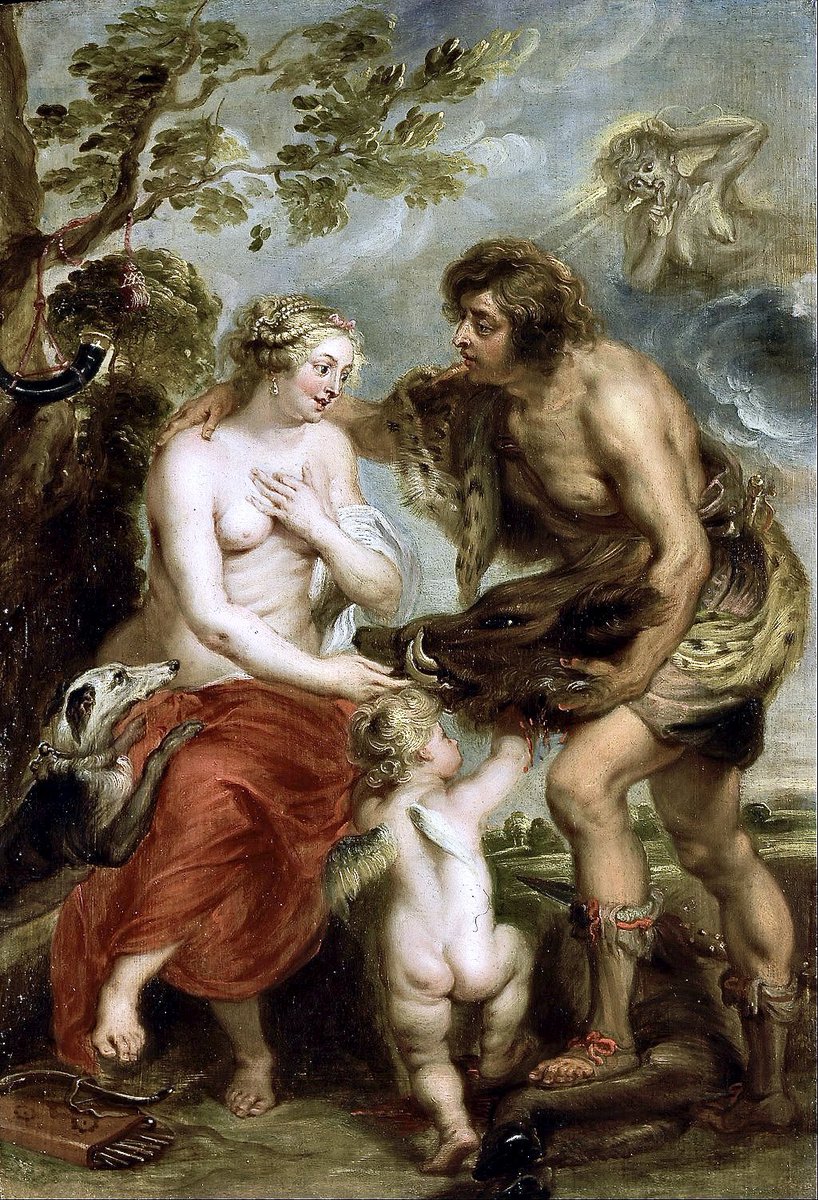
4/ The identity of the local inhabitants of Kalydon was tied to this myth, and their major cult buildings reflect it!
The most impressive example is this large Doric temple to Artemis, built on one of the city’s 2(!) acropoleis ca. 370 BCE.
The most impressive example is this large Doric temple to Artemis, built on one of the city’s 2(!) acropoleis ca. 370 BCE.

5/ In the city’s lower town, excavations by the Danish Institute in Athens revealed a large peristyle with some peculiar links to the ancient myth.
From a floor plan, it looks like a Hellenistic gymnasium, but some features on the north end make identification a little trickier!

From a floor plan, it looks like a Hellenistic gymnasium, but some features on the north end make identification a little trickier!


6/ At the northernmost end of the building lies an ornate Macedonian style tomb with two sculpted sarcophagi. The structure is definitely impressive, but who was buried there?
*Thanks to @diffendale’s A+ Flickr, since I was apparently too busy being amazed to take any photos!

*Thanks to @diffendale’s A+ Flickr, since I was apparently too busy being amazed to take any photos!


7/ Just to the south, Danish excavations in 1926 revealed a large richly decorated room, absolutely filled with our shattered sculpture!
Each bust had been fitted into a medallion placed high on the walls of the room, shown in this reconstruction 👇
Each bust had been fitted into a medallion placed high on the walls of the room, shown in this reconstruction 👇
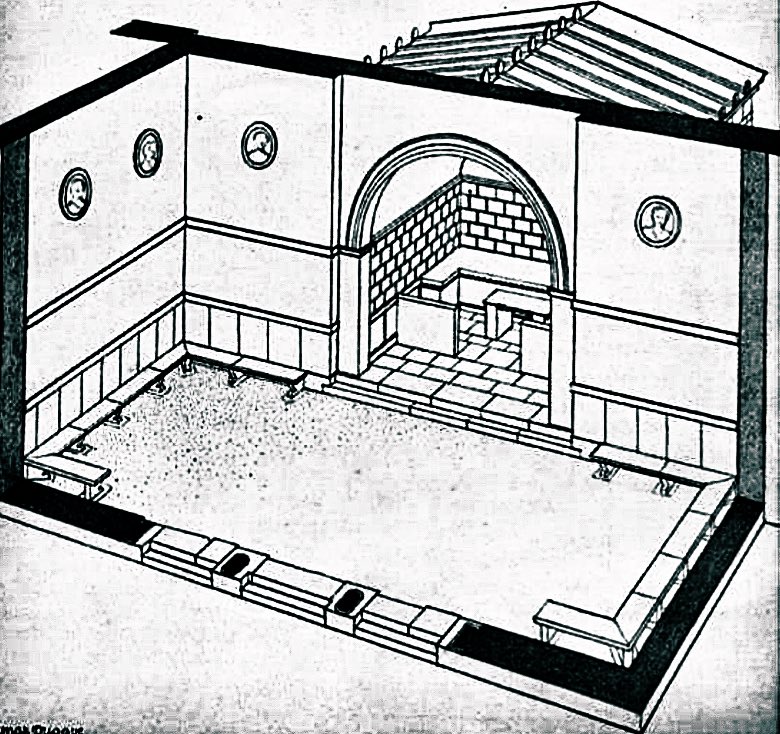
8/ Each sculpture was a Late Hellenistic copy of a Classical masterpiece, many that we can recognize today!
For example, our very fragmentary Herakles is a copy of the Farnese type, originally sculpted in bronze by Lysippus.

For example, our very fragmentary Herakles is a copy of the Farnese type, originally sculpted in bronze by Lysippus.

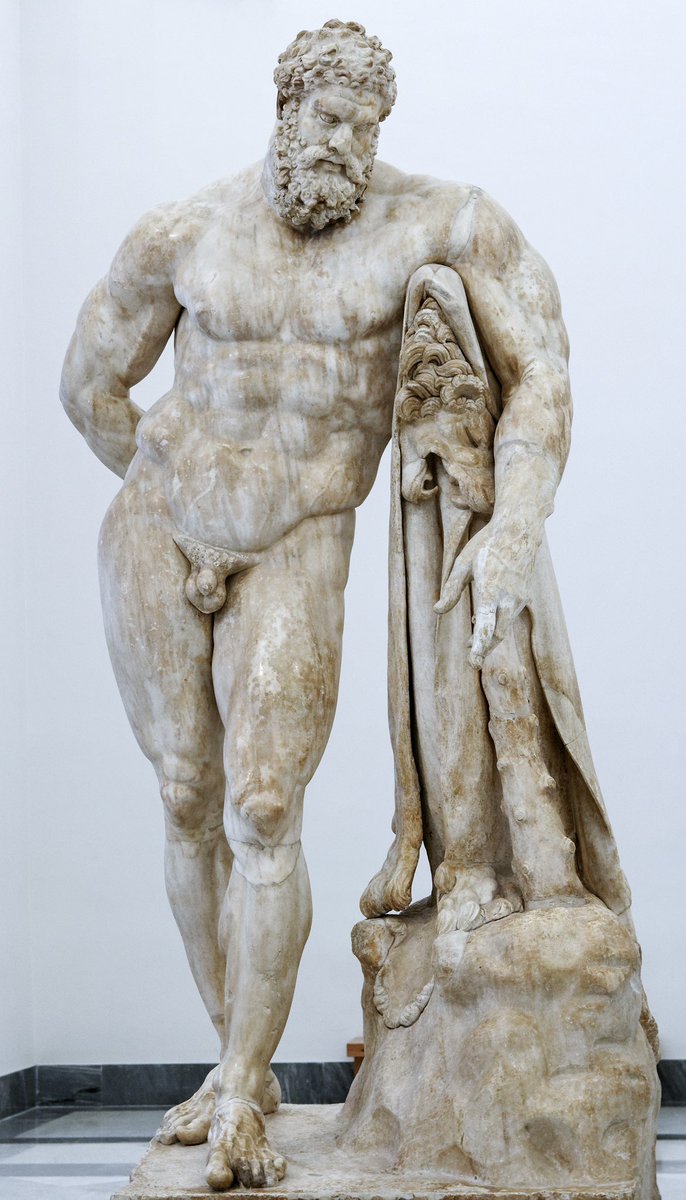
9/ We even find our old friend Meleager, hero of Kalydon, argonaut, and hunter of the Kalydonian boar!
Only the upper portion of this bust survives, but it seems to copy the famous portrait of Meleager by Scopas at the @britishmuseum.
BTW, check out those painted pupils!

Only the upper portion of this bust survives, but it seems to copy the famous portrait of Meleager by Scopas at the @britishmuseum.
BTW, check out those painted pupils!


10/ Perhaps the most fascinating thing about these sculptures is that some were reworked from older—sometimes drastically different—statues!
The reverse of this fragmentary head of Zeus (?) shows that it was carved from the groin/upper thighs of an earlier statue of a youth!

The reverse of this fragmentary head of Zeus (?) shows that it was carved from the groin/upper thighs of an earlier statue of a youth!

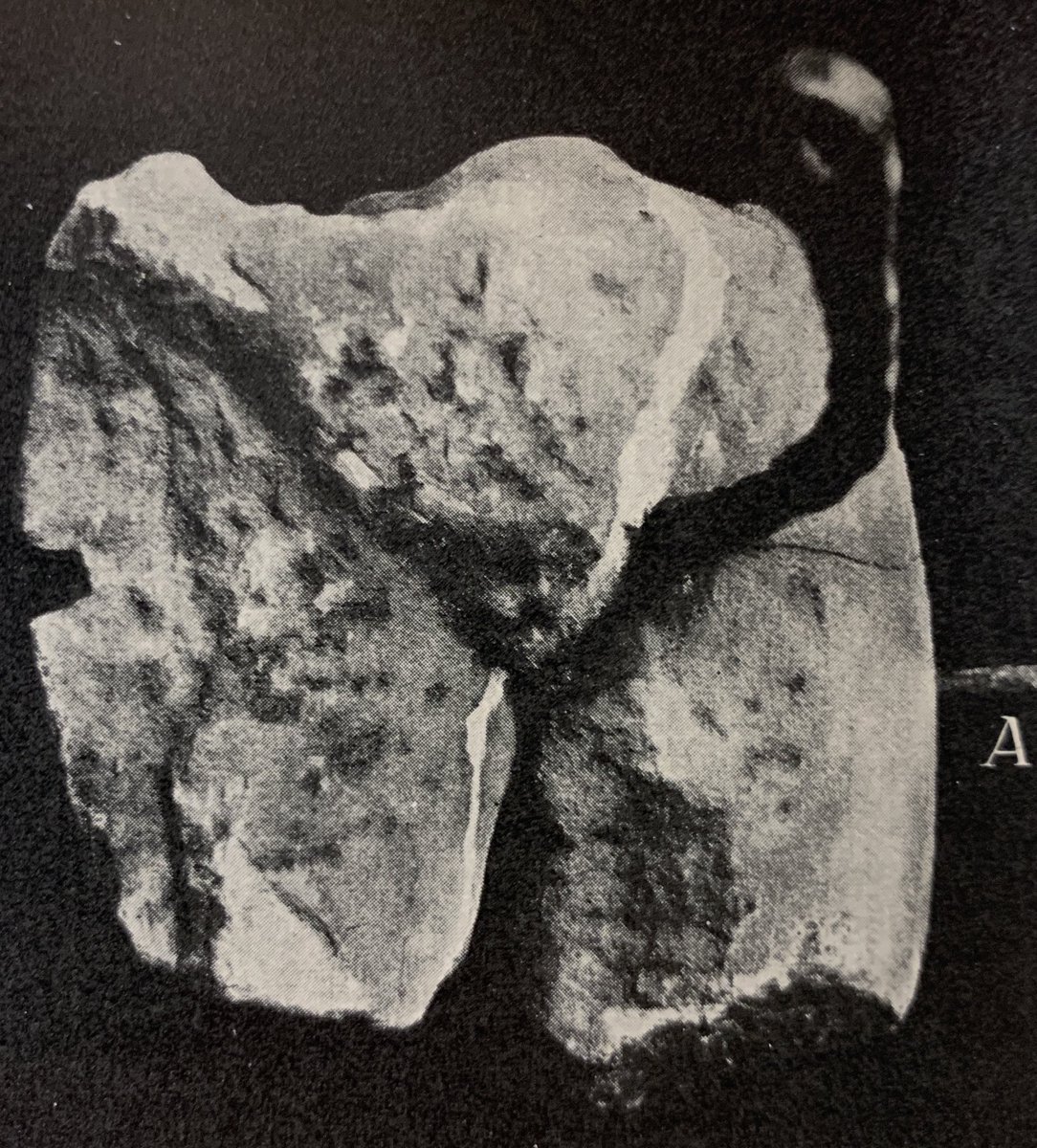
11/ This, almost completely defaced, portrait of a young athletic victor has been interpreted as Leon, another hero of Kalydon and the individual that the whole complex (tomb included) is thought to commemorate! 

12/ Other sculpture from this room appears to represent Eros, Hermes, Apollo, and Aphrodite, all carved from Pantelic marble and some even likely removed from freestanding statues! 

13/13 But why are they so battered? Like many ancient statues & buildings, it seems they were meant for the lime kiln. Why they were never burnt remains a mystery.
If you want to see them today, you’ll have to take a trip to the excellent little Archaeological Museum of Agrinio!
If you want to see them today, you’ll have to take a trip to the excellent little Archaeological Museum of Agrinio!

• • •
Missing some Tweet in this thread? You can try to
force a refresh









